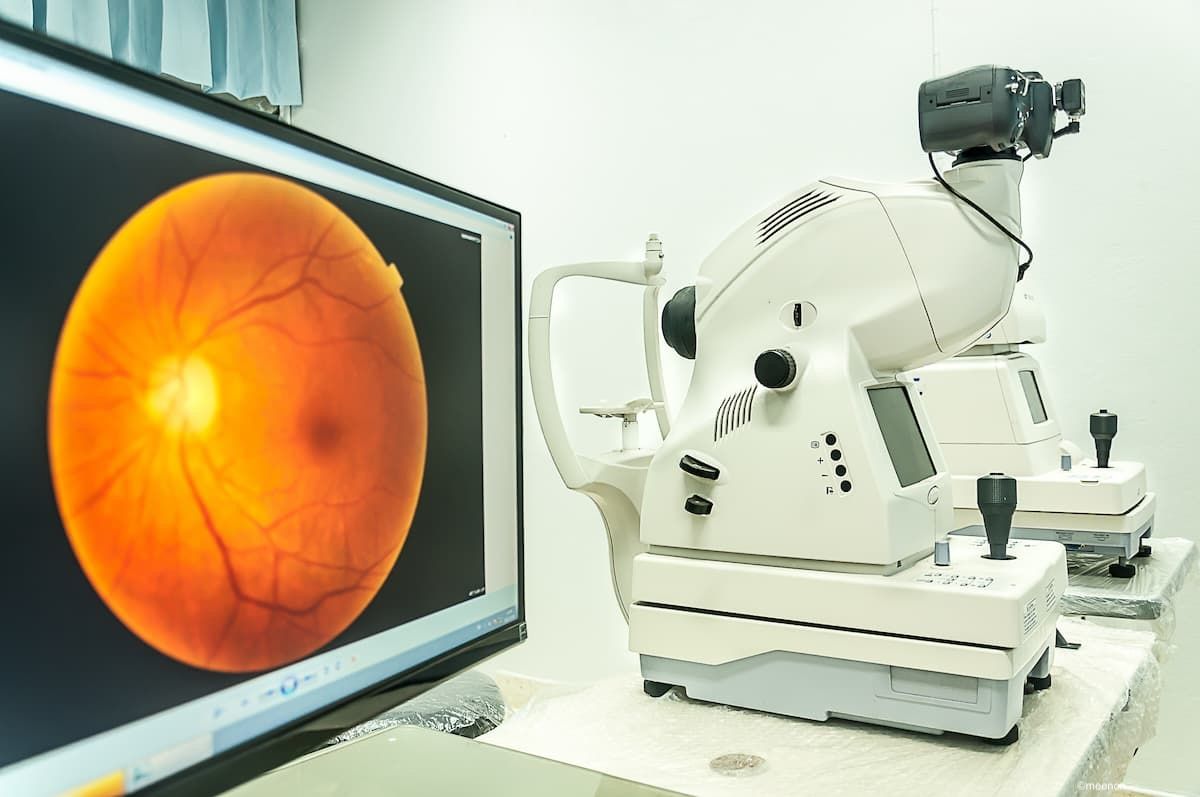Article
Surgeons embrace new technology
Results from the 25th annual American Society of Cataract and Refractive Surgery Member Practice Style Survey show there is sustained growth in cataract surgery and use of specialty IOLs.
Boston-Reults from the 25th annual American Society of Cataract and Refractive Surgery (ASCRS) Member Practice Style Survey show there is sustained growth in cataract surgery and use of specialty IOLs, said David V. Leaming, MD, at the society's 2010 annual meeting.
"The estimated volume of cataract surgery has continued to climb steadily during a time when the volume of laser vision correction procedures is falling, and use of presbyopic and toric IOLs has increased despite the difficult financial times," said Dr. Leaming, a private practitioner in Palm Springs, CA.
The survey is supported by industry and conducted by Dr. Leaming in collaboration with Richard J. Duffey, MD. The 2009 survey represents the first year since the project was launched for which the questionnaires were sent out electronically. A total of 3,778 survey invitations were sent to ASCRS members by e-mail; 518 surveys were returned for a responder rate of 14%, which is similar to that of previous paper surveys.
In 2009, use of presbyopic IOLs was up 24% from the previous year. Overall, presbyopic IOLs represented 13% of total IOL volume since 2008, with multifocal IOLs accounting for two-thirds of the implants and the rest being an accommodating IOL.
"The proportion of surgeons using a presbyopic IOL also increased from 70% in 2008 to 75% in 2009," Dr. Leaming said. "Presbyopic IOLs, along with toric IOLs and torsional phaco, were ranked by survey participants as the three technologies perceived as most important, although mixing different types of presbyopic IOLs in the same patient was identified as an area holding the least interest."
The interest in toric IOLs was reflected in data on their use, which climbed from the previous year from 60% to 79%. Toric IOLs supplanted limbal relaxing incisions (LRIs) as the often-used technique for correcting significant pre-existing astigmatism in a cataract surgery patient. In 2009, LRI use dropped to just 25% while survey respondents indicated using toric IOLs in 54% of these astigmatism cases, he said.
For correction of significant residual astigmatism in patients with a presbyopic IOL, LRI continues to be the preferred method, identified by 54% of respondents, and LASIK use continued a downward trend, falling to just 13%.





